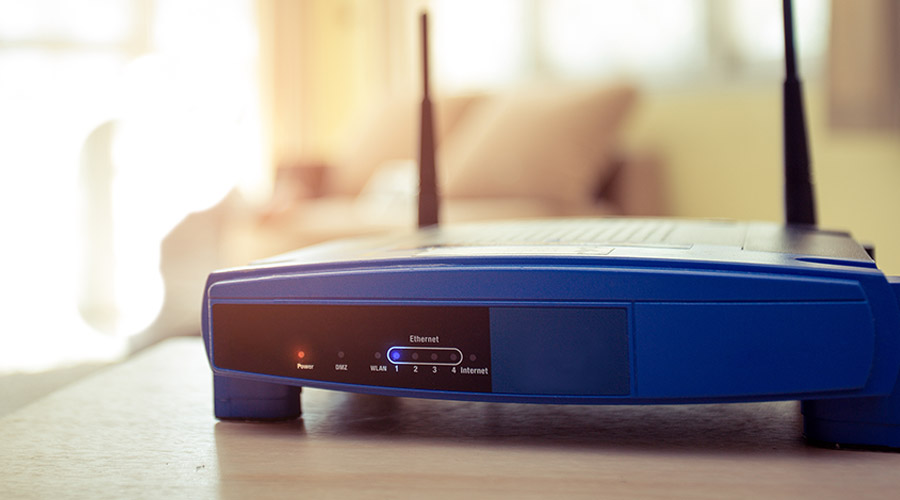In this fast-paced digital age, access to the internet is essential. The internet is not merely a means of entertainment; it provides critical access to education, healthcare and jobs. Really, a reliable internet connection is necessary for Americans to fully participate in modern society.
However, internet access remains profoundly unequal in the U.S and across the globe. This lack of equitable access, also called the internet gap, is a big part of the digital divide. Below, we highlight current internet access disparities in the U.S., how this lack of access perpetuates other gaps and what is being done about it.
Internet Access Disparities in the U.S.
Even though the World Wide Web (WWW) launched decades ago, internet access disparities persist. Data from the International Telecommunication Union (ITU) shows that 2.9 billion people across the globe do not have access to the internet. Of that 2.9 billion, about 96% reside in developing countries.
While many digital equity plans focus on these nations, there are many who remain disconnected in the U.S. as well. According to the National Telecommunications and Information Administration (NTIA), one in five households in the U.S. do not have access to the internet. To put it into perspective, that is a total of 24 million households. Data from the Pew Research Center shows that the majority of these households belong to Americans from underrepresented communities.
How a Lack of Internet Gap Perpetuates Other Racial Gaps
The internet gap contributes to other racial divides that impact underrepresented and underserved communities. Without internet access, American adults and children face significant barriers that can impact them academically, professionally and medically.
Educational Opportunities
In recent years, many teachers have incorporated digital learning into their classrooms to help students learn digital skills necessary for future success. During the early 2020s, digital learning became the primary source of educational instruction. However, data from the Federal Communications Commission (FCC) states that almost 17 million school-age kids lack access to the internet.
This perpetuates the homework gap, meaning students face difficulties when it comes to completing school assignments because of a lack of access to the internet at home. As a result, many students fall behind, which has and continues to perpetuate inequitable learning outcomes, which can impact their long-term success. Even though students have returned to classrooms, home internet access remains a big barrier for students, since access at home tends to lead to better grades and homework completion rates.
Professional Opportunities
A lack of home internet access can also hinder a person professionally. Americans without access have a harder time researching job opportunities, creating a resume and applying for jobs. In addition to having a hard time finding work, Americans can also face difficulty progressing in their careers since they are unable to work from home, limiting the number and types of available opportunities. This lack of access can, ultimately, lead to a lack of economic opportunities, which can negatively impact them financially.
Healthcare
The internet gap also exacerbates healthcare inequities. A lack of internet access prevents Americans from finding important healthcare resources and information. Additionally, those without access are unable to use digital healthcare services, such as telehealth. Similar to the way the homework gap widened during the early 2020s, healthcare inequities widened during that time, too. Americans without access to the internet were forced to seek medical attention or care that could have been handled via telehealth in person. As a result, people from underrepresented communities, especially those who are older, were more exposed to sickness.
What Is Being Done to Bridge the Gap?
To help address the internet access disparities, the federal government has been taking steps to increase access, affordability and equity. In particular, the government allocated $65 billion in the Bipartisan Infrastructure Law for “Internet for All” programs. One of the programs under “Internet for All,” known as the Affordable Connectivity Program (ACP), has helped 16 million U.S. households save a collective $500 million per month. Another program, the Broadband Equity Access and Deployment Program, awarded grants to individual states based on their need in order to help connect underserved communities. Additionally, the NTIA has set aside $175 million to increase internet access, tools and training at 61 Minority Serving Institutions (MSIs).
Organizations and philanthropists, such as Robert F. Smith, are also helping to close the digital and internet access gaps. Among Smith’s most notable efforts is his work with Southern Communities Initiative. The Initiative is a powerful consortium that is dedicated to boosting racial parity in six Southern communities that are home to the majority of Black Americans. One of the pillars of the Initiative’s efforts is to increase digital access. The Initiative does this mainly by distributing digital access equity bonds and investing the funds back into its digital access initiatives.
Smith has also helped to close the digital divide at Historically Black Colleges and Universities (HBCUs) through his work with Student Freedom Initiative. Under his leadership as the Chairman of the Initiative, the organization has partnered with networking company Cisco to advance technology and digital access at the institutions. In 2021, Cisco donated over $100 million to the Initiative.
To learn more about Smith’s philanthropic efforts, check out his pillars of philanthropy.
